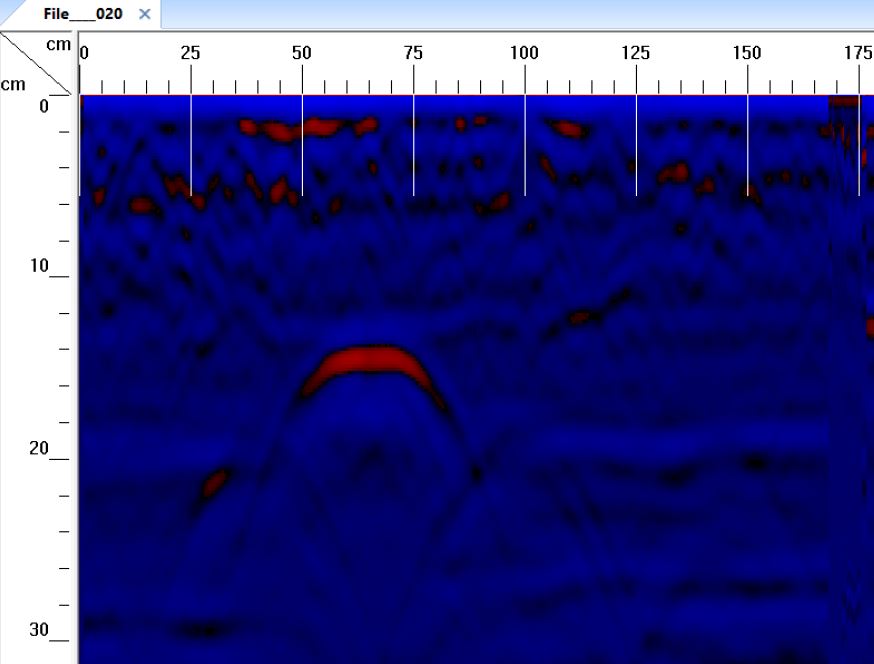Beginning with Construction to Conservation: The Adaptability of GPR Tech.
Ground Penetrating Radar, also known as GPR, is emerging a revolutionary advancement in various sectors, from building to conservation. By utilizing radar waves to map the subsurface, GPR surveys offer invaluable insights into what lies beneath. This capability improves building and infrastructure efforts but also plays a vital role for environmental assessments, archaeological studies, as well as inspecting infrastructure. With industries increasingly recognize the need for understanding what exists below ground, the use of GPR is leading to more secure as well as enhanced practices.
Grasping the importance of GPR surveys is crucial for professionals engaged with the building industry, land use planning, and environmental protection. This technology offers unparalleled benefits, including minimizing the chances of harm to subterranean infrastructure, improving project timelines, which leads to cost savings. As we explore further into the fascinating world of GPR surveys, we will examine its basic principles, its diverse applications, and the reasons it is an indispensable tool for today's industries as well as in managing infrastructure. Whether you are a beginner or a veteran in the field, this guide aims to equip you with the knowledge needed for effectively using GPR technology effectively for your next project.
Comprehending GPR Technology
GPR (GPR) is a non-invasive geophysical technique that uses radio pulses to visualize the below surface. By sending out high-frequent electromagnetic signals into the earth, GPR captures the bouncing signals that return from various underground substances. Source enables the seeing of buildings, utilities, and geological features without the necessity for boring or digging, making it an important tool across multiple industries.
One of the key elements of GPR methods is its radio device, which transmits and receives the electromagnetic waves. The level of penetration and resolution of the images depend on the rate of the radar waves employed. Reduced frequencies can penetrate deeper but provide less clarity, while elevated rates offer greater detail but restricted depth. Comprehending the correlation between frequency and penetration is crucial for effectively utilizing GPR in various applications.
GPR methods has developed significantly over the decades, incorporating sophisticated software and data processing methods that improve the analysis of radar waves. Current GPR technologies are fitted with advanced software that enables real-time data representation and analysis, which improves choices during examinations. As the method goes on to progress, GPR is becoming more versatile and effective in identifying underground features, resulting in its increasing use in construction, ecological studies, historical research, and others.
Benefits and Applications of GPR Surveys
GPR surveys provide a variety of benefits throughout various fields, making them an essential instrument in modern engineering. A key advantage main benefits is their non-destructive nature, enabling the the detection of underground structures without the need for excavation. This property not just maintains the condition of the site but also lowers the chances of damaging existing utilities. Additionally, GPR inspections can produce high-resolution data of underground features, aiding in the accurate design and execution of construction projects, which thereby improves security and effectiveness.
In the context of construction and infrastructure, GPR surveys have significant uses in detecting underground utilities, finding voids, and evaluating ground conditions before commencing work. They play a key role in ensuring compliance with standards and requirements by providing reliable data that facilitates educated decision-making. The capability to see subsurface elements helps avoid costly issues during construction, thereby streamlining project schedules and budgets. Additionally, these surveys assist in evaluating the health of current infrastructure, facilitating prompt maintenance and repair.
Apart from construction, GPR methods is extensively applied in archaeology, environmental assessments, and geotechnical investigations. In archaeology, GPR aids in discovering artifacts and features while avoiding disrupting the site, allowing for a more comprehensive insight of historical backgrounds. In environmental assessments, it is useful for detecting contaminants and understanding groundwater flow patterns. The versatility of GPR inspections supports a variety of industries, rendering it an indispensable tool for professionals looking to mitigate risks and optimize resources efficiently.
Opting for and Overseeing GPR Surveys

When picking a GPR survey company, it is vital to assess their background, knowledge, and the technology they utilize. Seek out providers who have a proven success in your specific industry, be it construction, historic preservation, or environmental assessments. Request recommendations and case studies that showcase their successful use of GPR technology in comparable projects. Additionally, ensure that they keep their equipment updated with the most recent advancements to guarantee high-quality data collection and results.
Efficient oversight of GPR surveys requires clear communication with the survey company. Setting up a comprehensive scope of work at the beginning assists to align goals and define survey timelines. GPR Survey Worcestershire during the survey process can prevent potential issues and allow for adjustments as necessary. Grasping the precise goals of the survey will help you work collaboratively with the provider to focus on areas of interest and enhance the use of GPR technology.
Once the survey is finished, managing the data interpretation phase is essential. Review the findings with your GPR provider, who should help in interpreting the results and their relevance for your project. It's vital to integrate the insights obtained from the survey into your decision-making processes. In doing this, you can reduce risks associated with subsurface utilities, structural integrity, or other important factors, thus boosting the effectiveness and outcome of your project.